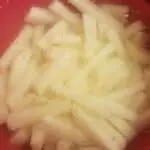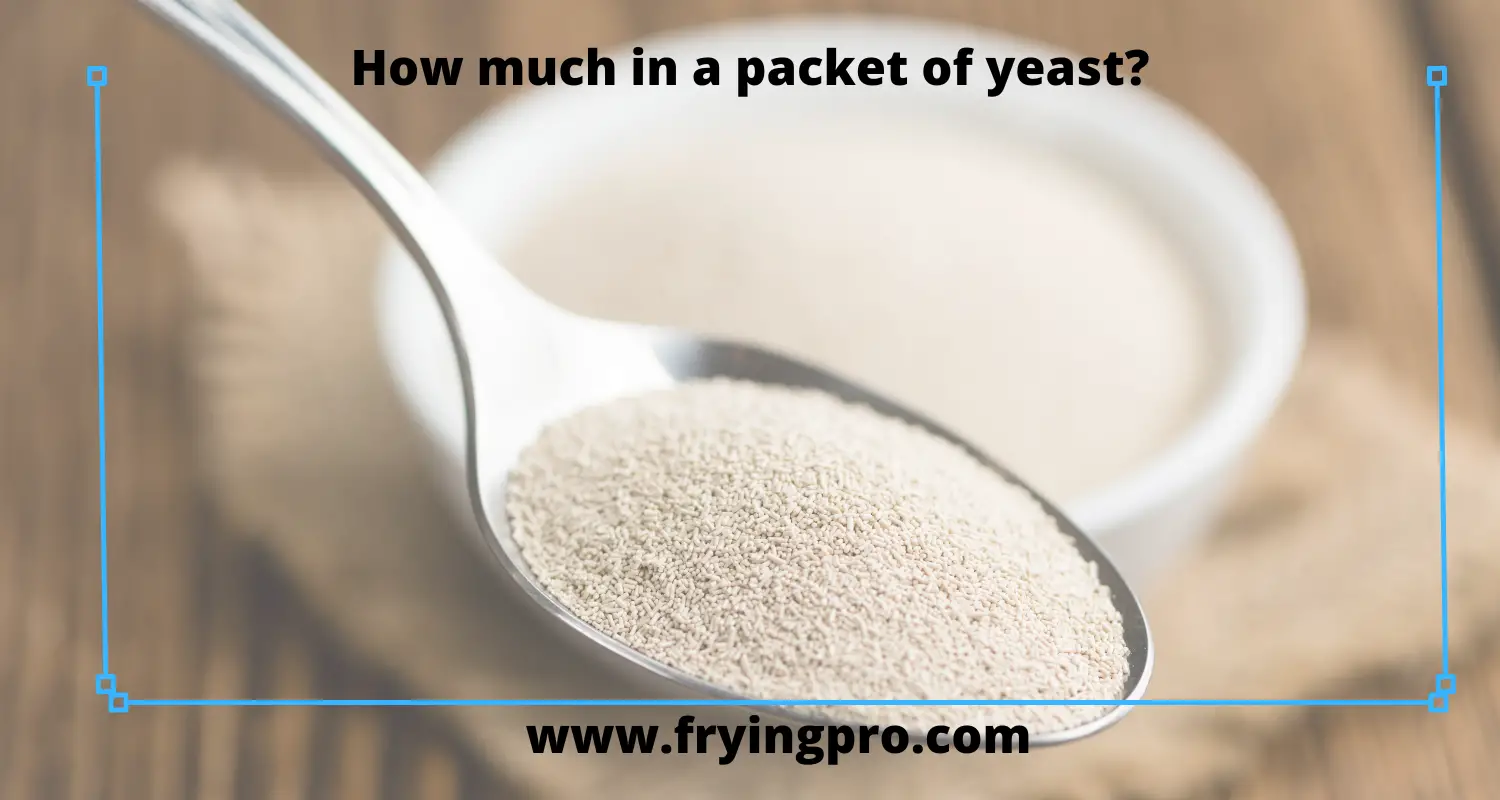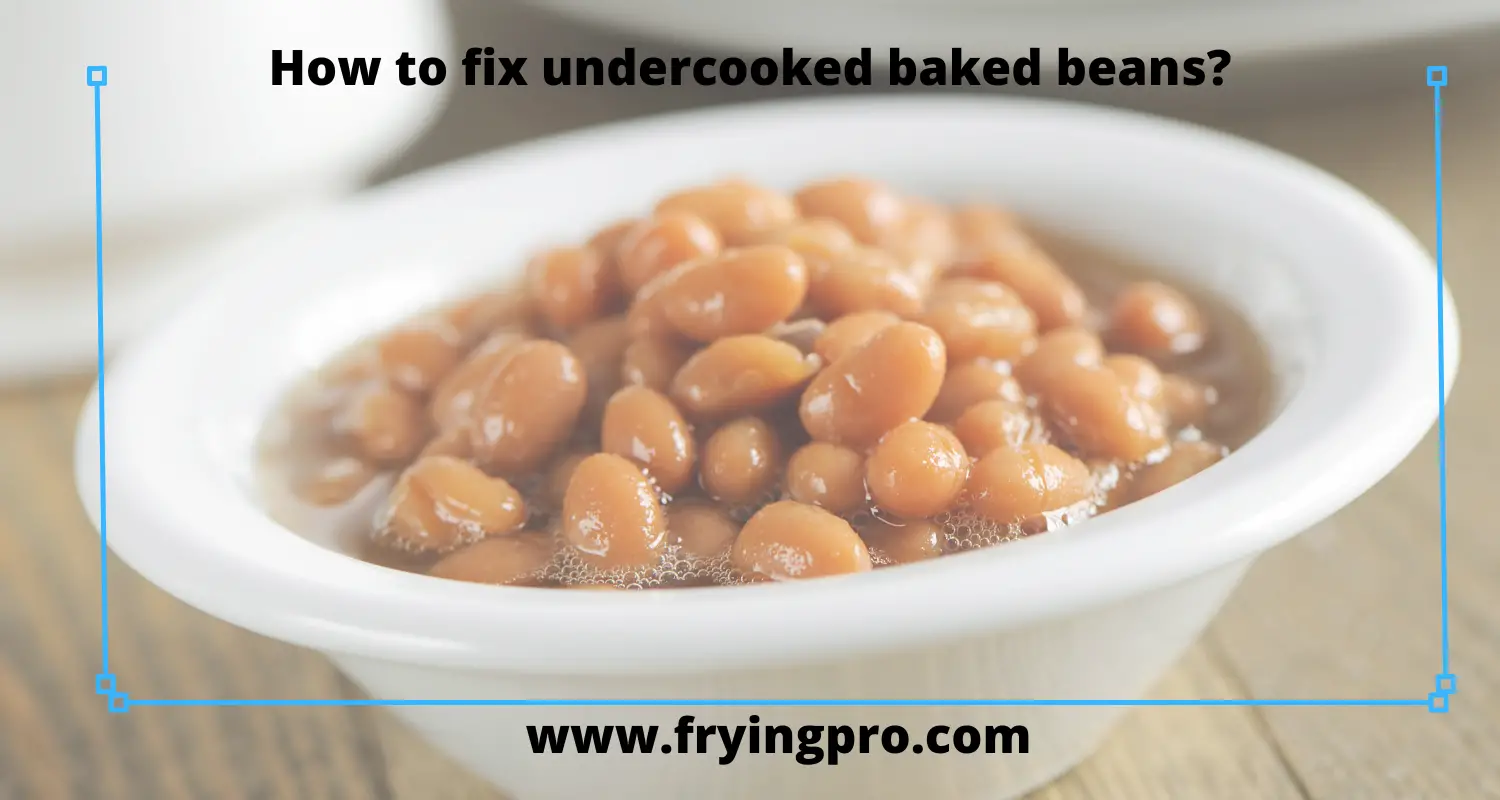Table of Contents

Why do medu vada burst while frying?
Medu vada is one of the most loved delicacies of Indian breakfast cuisine. The vadas are deep-fried, thick, doughnut-shaped savories made from lentils. As delicious it looks, cooking it perfectly isn’t easy.
As its popularity is increasing more and more people are making it in their homes. But while cooking it, something always tends to get wrong most of the time. So to cook it perfectly, various questions arise. The most common among them is Why do medu vada burst while frying?
The most common reason for this is that air bubbles in the dough increase during fermentation. During deep frying, these bubbles get heated up quickly, causing them to expand with pressure and thus making them explode due to the high heat involved during frying or may burst due to heat.
Here in this post, we’ll tell you the reasons behind the bursting of medu vada and some tips with which you can prepare the softest and fluffiest vadas ever.

Reasons behind the bursting of Medu vada
There are various reasons for medu vada to burst, and the most common and frequent are the inconsistency of the batter, quality of the lentils, excess of water, and a splash of oil on the vada.
Inconsistent Batter
The most important reasons for vada burst are inconsistency in batter, excess water in the dough, and over frying. So here are some rules to be followed while preparing medu vada to avoid bursting out.
The consistency of the batter should be thick but not too tight. If the batter is very loose, it may cause off-gas while frying. To avoid the loose batter, add one cup of rice flour to the vada batter. Rice flour helps to make the dough tight and firm.

If you overcook, your vadas turn dry and dark brown in color. In this case, there is no solution for this other than trashing it.
And the most important rule while mixing vada batter is always to add very little water until you get the right consistency of the vada dough, which should be firm and tight. So adding too much water will make the dough lose and soggy.
Excess water
Some more reasons for a sudden burst of vada are that when you add water to the batter before frying, it’s better to dry up the vada after cooking it. So instead of adding water at one stage while making dough, add little water at a time until you get perfect consistency dough.
Always dip your fingers in oil before taking spicy medu vada on hand. Because if there is no oil on fingers, it will cause a sudden burst on hands while eating, causing too much pain and a burning sensation.
Splashing of Oil
– While frying vadas, try not to splash hot oil on them or over fry them; otherwise, they may burst. If done so, discard the fried ones instead of eating them with a lot of pain. A splash of oil on the vada can turn the vada to be either crispy or soggy. Splashing oil can turn the vada into a mess and reduce the vada to absorb oil and taste oily.
Quality of Lentils
If the lentil is not fresh, then it may burst while frying. So always use the freshest of best quality of lentils for preparing medu vada.
Always add soaked and drained toor dal/yellow mung beans in a blender or mixer grinder, blend them adding little water so that it’s easier to coat it on your fingers.
And fry the batter-coated vadas immediately after mixing it with minimum water. Another option is to add rice flour in place of soaked dal powder. But this will make the vadas more crispy than soft ones.
Tips
After understanding the major reasons for medus vadas bursting, you should now avoid the above-mentioned things and cook the veda using these tips.
Batter Tips
When making the medu vada batter, remember that the batter should neither be too thick nor very thin. If the batter of medu vada is too thin due to excess water, the dough becomes sticky and difficult for frying, so you cannot give shape to the medu vadas properly.
Batter Storage Tips
Every person has their own way of making medu vada, but if your batter is very thick and heavy, add a little more salt than usual and beat well. This may help you make soft, tasty, and beautiful medu vadas.
Wait until the dough is double in size before you add it to oil because the bubbles formed by the yeast will fluff up if it is left for some time. When doubling, leave it covered so that the carbon dioxide doesn’t escape.
If the batter is stored in the fridge, the vadas might get fermented and cause it to burst while frying. The mixture of air present in the batter would expand when heated, resulting in bursting.
So make sure that after letting it out from the fridge make sure that it comes into a normal temperature so that there may be no lumps present that can block the passage of oil, thus resulting in bursts. Also, small cracks are created on top of the vada due to pressure differences during heating, which causes them to burst.
Frying Tips
First of all, use a wok and not a deep fryer. It is important as wok helps to fry vadas rapidly. At the same time, cooking in a wok, put it on medium to high flame and keep stirring the vada so that it does not get stuck to the bottom of the wok. Also, make sure water is drained properly from medu vada before putting it into oil; otherwise, it will burst the pieces.
Wait until the dough is double in size before you add it to oil because the bubbles formed by the yeast will fluff up if it is left for some time. When doubling, leave it covered so that the carbon dioxide doesn’t escape.
Make sure that you use medium to low temperatures for frying medu vada. It is essential as the high temperature of the oil makes the vada cook from outside, but the center remains uncooked, which makes it burst. Ensure to fry medu vadas until they become golden brown in color, and you will get crispy yummy medu vadas.
It is highly recommended that you never try to fry a lot of pieces at a time, do it little by little; otherwise, the temperature of the oil goes high rapidly, causing gaps between the fried pieces resulting in a burst of vadas. So fry one piece first, then check if it cooked properly or not after some time, then add another piece, etc.,
To make things crispier, fry them twice. When frying for the first time, fry till they are half-cooked. Take them out and fry the next batch. Then, put both the batches together in the oil and fry again.
Tips on cooling and Storing Medu Vadas
You should know how to store medu vadas so that they can be crispy, tasty, and beautiful. No doubt, oil gets absorbed by the food when you have it for a longer time so never try to store cut pieces in an air-tight container or any other utensil which does not allow the water vapor to escape.
It would be best to take out all the fried pieces from the oil, let them cool down completely, and only cover them with a wet cloth or kitchen towel. If you are planning to store after frying for some hours, then put fried pieces on a plate just after removing them from the wok, sprinkle a few drops of water over it, and then cover it with a lid attached with a rubber band.
Never try to fry the same day as it will get tough or rubbery in texture which may burst while frying. Always try to fry a day before, then only take them out from the oil for seconds. Once you have covered them with a cloth, let them cool down completely, then only use them the next day.
If you are going on a picnic, fried medu vada will be a good option. They can be stored easily even without refrigeration for 3-4 days because, after frying, vada absorbs a minimal amount of oil, making our Indian breakfast dish dry. Hence, there is no need to worry about taking medu vada along on a trip because they remain crispy till the next day, and we can have healthy yummy medu vada the next morning.
After frying for some time, make sure to soak them in water so that excess oil comes out. It again prevents the medu vada from bursting. If you do not soak them in water, then medu vada will start oozing oil once you mix them with the chutney.
Final words
After using these tips, I hope that you will make some crispy medu vada. You can also apply these tricks to making dosa or any other south Indian food that you are good at making.






